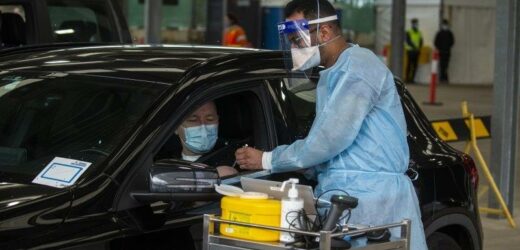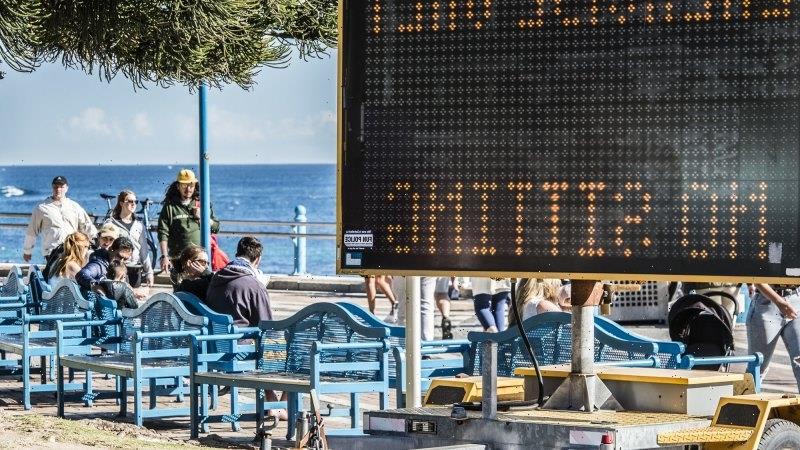For our free coronavirus pandemic coverage, learn more here.
Victoria has recorded 25 new local coronavirus cases on Sunday, as the state’s list of exposure sites climbs to almost 500 and concerns grow about virus spread in Melbourne’s northern suburbs.
Just 12 of the locally acquired cases were in quarantine for their entire infectious period. Twenty-one of the new cases are linked to the current outbreak, the health department confirmed.
More than 32,200 tests were returned on Friday, with 23,076 vaccine doses administered across 24 hours.
There are now almost 500 COVID-19 exposure sites across Victoria, with additional tier-2 sites added late last night in the northern suburbs of Glenroy, Meadow Heights and Broadmeadows.
Coles Glenroy was visited by a COVID-positive person on August 11 between 5.42pm and 6.21pm, and again on August 13 between 3pm and 3.40pm.
The Meadow Heights shopping centre has been listed as tier-2 site between 1pm and 1.45pm on August 7. Kmart in Broadmeadows Central was attended by a positive case on August 4 between 4pm and 4.45pm.
Anyone who has visited one of these tier-2 exposure sites must immediately get tested and isolate until they receive a negative result.
More tier-1 and tier-2 sites were added last night across the suburbs of Roxburgh Park, Weir Views, Richmond, Reservoir, Caroline Springs and Balaclava.
Fifteen of the 21 cases announced on Saturday morning were connected to the Glenroy cluster, stoking “growing concerns” for health authorities, Health Minister Martin Foley told reporters on Saturday.
Eight infections that are yet to be linked back to a source are located in the City of Melbourne, Glenroy, Melton South, Middle Park, Newport, West Brunswick, Wyndham Vale and West Footscray.
“Whilst we have genomic links, we still don’t have a source of infections for a number of these positive cases,” Mr Foley said.
“There’s quite a number, and that’s a really big concern. That’s where getting that testing numbers up will help us draw those links.
“We know that these are cases that might well have been out in the community … Our public health teams are progressively tying them down and tying them together, and managing an increasing number of primary close contacts right across metropolitan Melbourne.”
There are now more than 14,000 primary close contacts in isolation.
Most Viewed in National
From our partners
Source: Read Full Article


